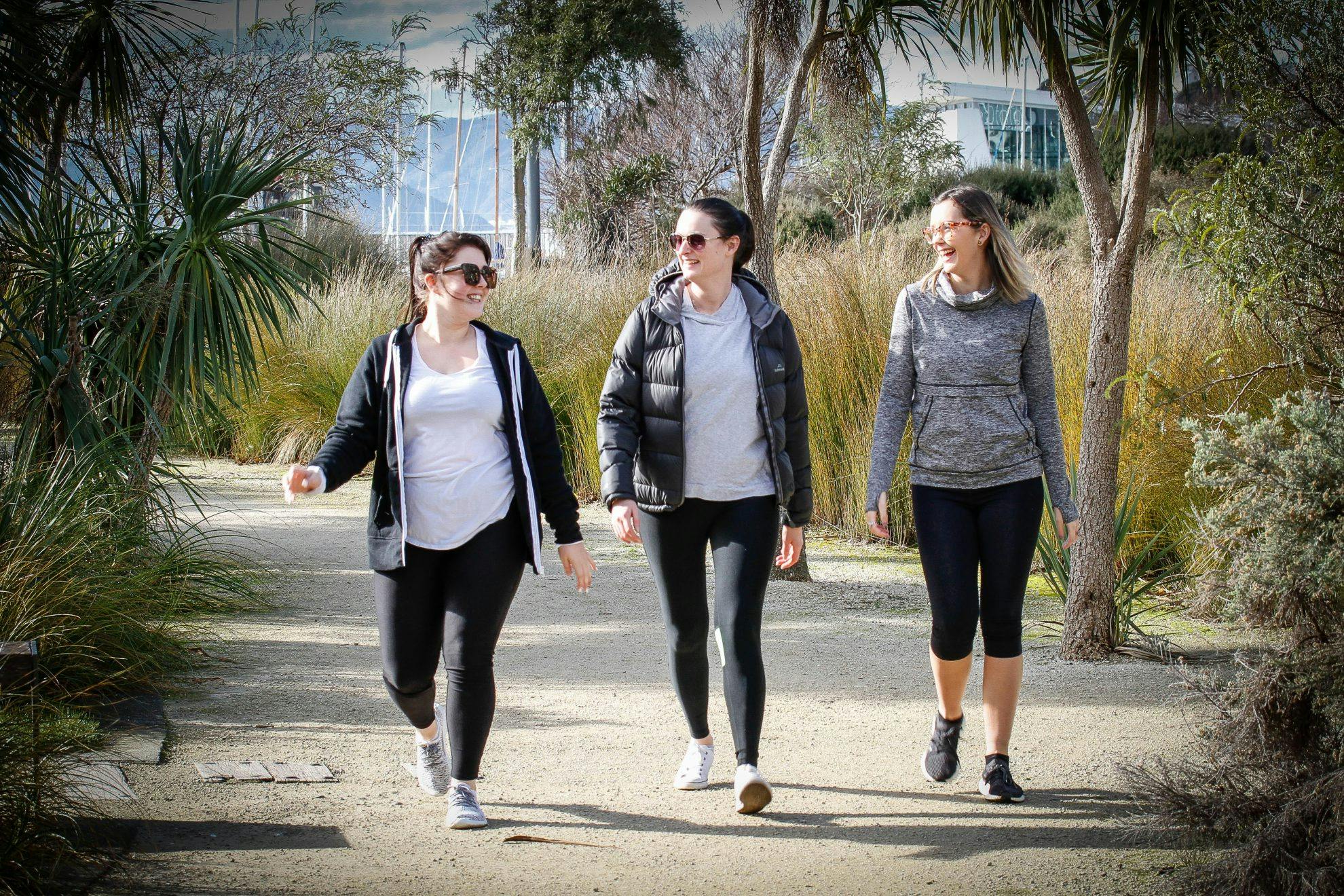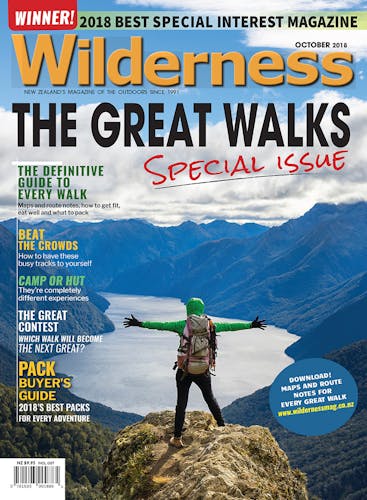Could you climb the steep 500m track to Mackinnon Pass, or walk the full 78km of the Heaphy Track? The walks might be built to a high standard, but there are still plenty of steep bits and long days under heavy packs. Before you go, you need to get trail fit.
Strength for steep climbs
Perfect for the Tongariro Northern Circuit, Milford, Kepler and Routeburn tracks
Get ready for steep climbs with exercises that build leg strength for stepping up and stepping down.
Exercise: Leg squats, do several sets of 5 to 10 squats.
Challenge option: Hold leg squats for 30 seconds to 2 minutes; wear a full tramping pack; one leg squats.
Transition: Circuits of running or jumping up stairs.
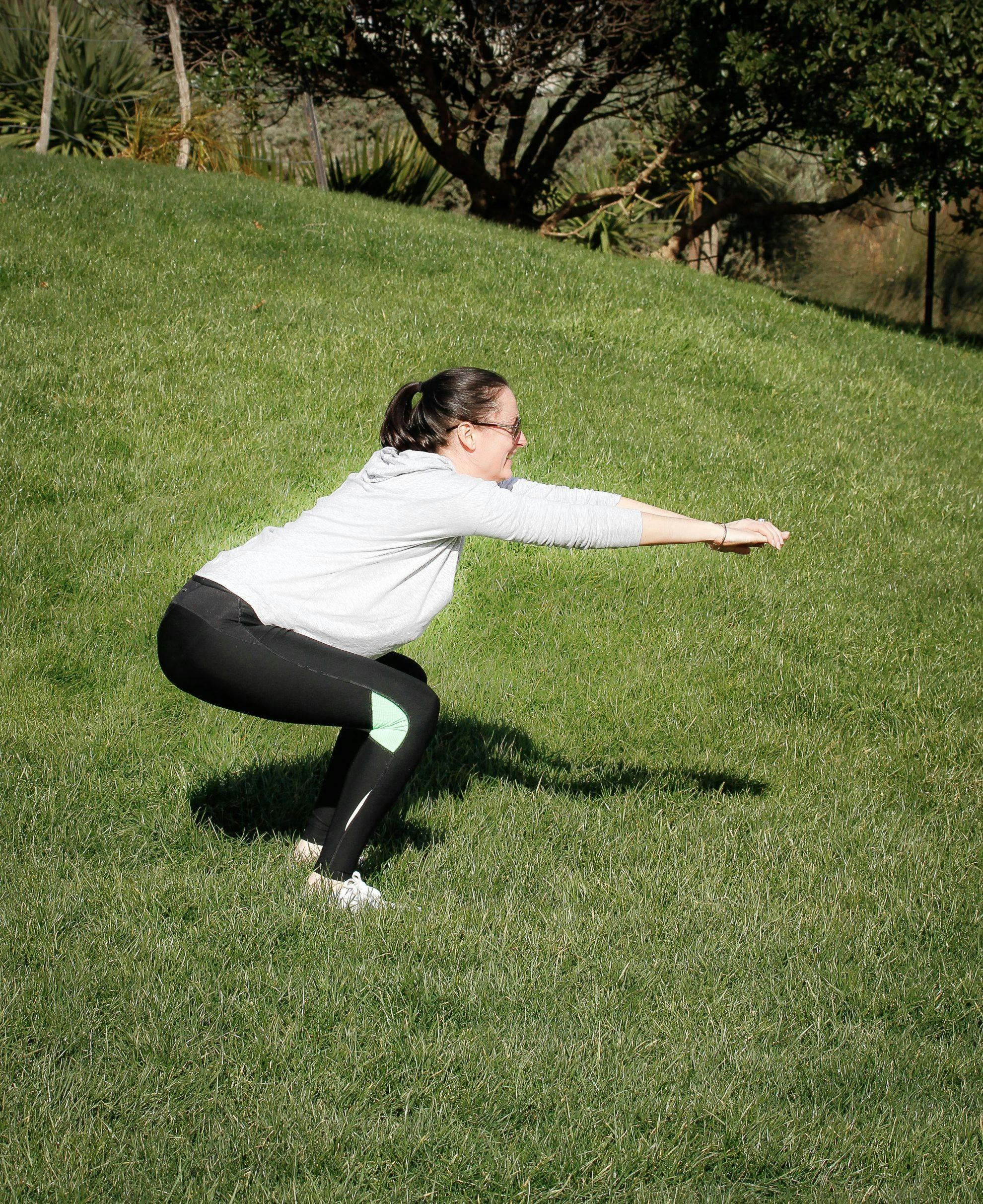
Upper body strength for paddling
Perfect for the Whanganui Journey
You’ll use your whole upper body paddling on the Whanganui or Abel Tasman. Focus on exercises that strengthen your arms, core, shoulders and back.
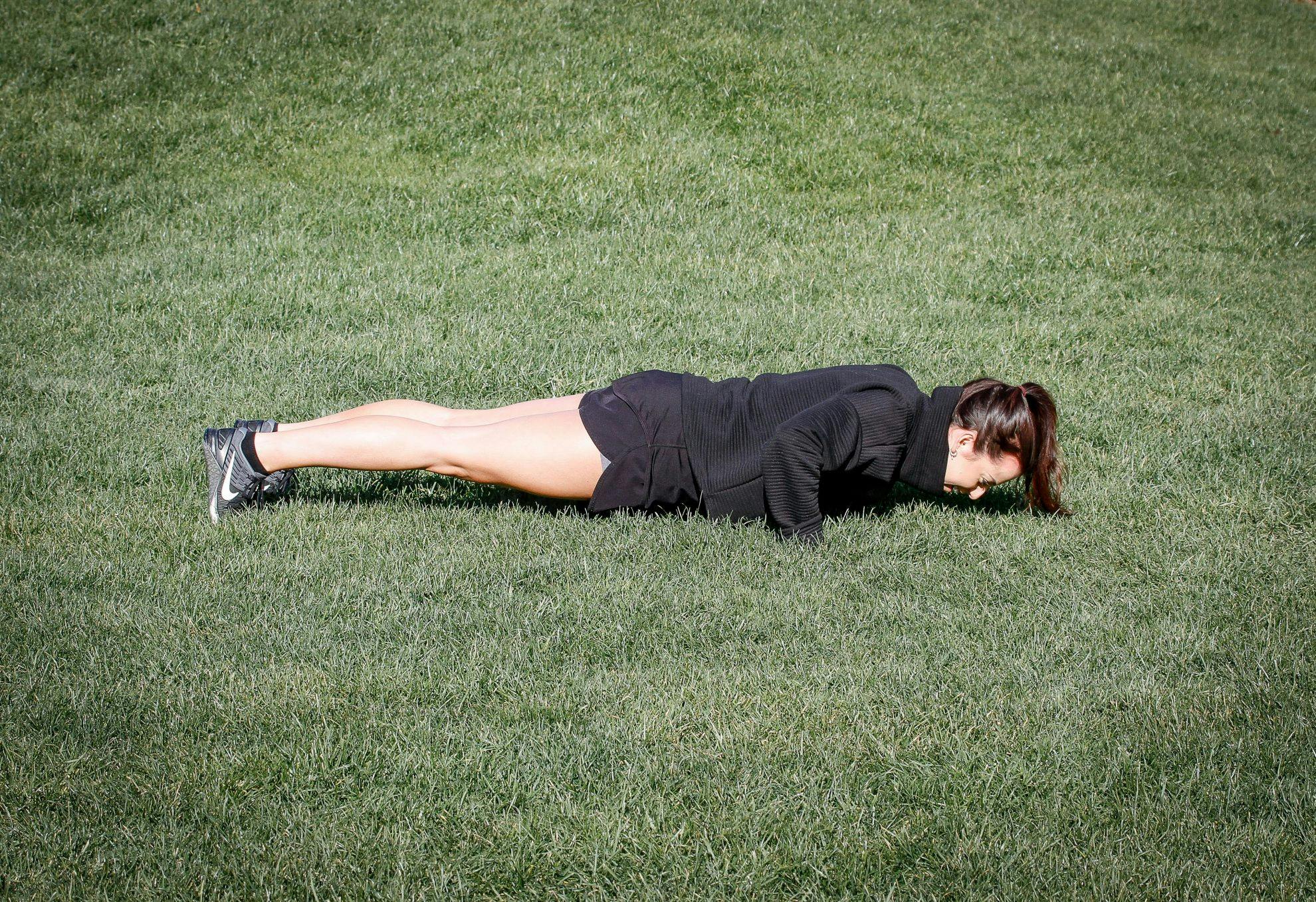
Exercise: Press-ups and pull-ups help with the push/pull action of paddling.
Cross train: Swimming, kayaking and stand-up paddle board can help with endurance, coordination, aerobic capacity (your ability to breathe when exercising) and upper body strength. Not to mention, it’s a good idea to get comfortable with water!
Endurance for the long days
Perfect for the Heaphy Track, Abel Tasman Coast Track and Lake Waikaremoana
For long tramping days you’ll need to work on your endurance and learn how much water and snacks you’ll need.
Exercise: Schedule long daywalks of three to seven hours, even if you repeat the same walks or walk in the city.
Challenge option: Gradually adjust to a heavier pack by adding an extra litre of water (or a phone book) with each new walk.
Cross train: Running and cycling can help with endurance and aerobic capacity.
Agility for uneven terrain
Perfect for the Rakiura Track and Tongariro Northern Circuit
Being agile will help you keep your balance on uneven ground, like dodging mud pools or getting down scree slopes.Exercise: Balance on one leg for 30 seconds to two minutes; repeat several times.
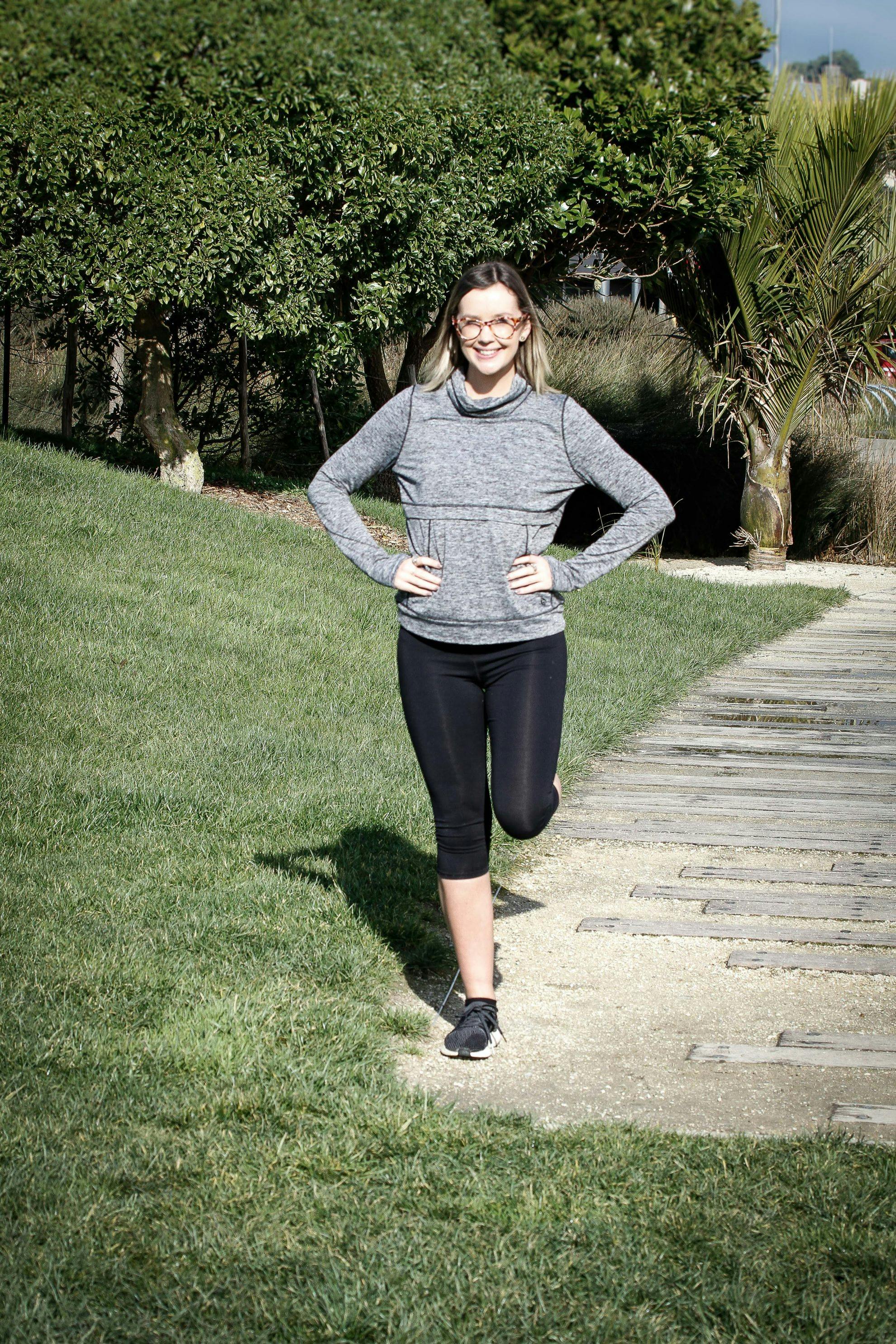
Challenge: Close your eyes or lift your heel to stand on your toes.
Transition: Walk on uneven ground like rocky coastlines or streambeds. Start practising with a walking pole now if you plan to use one on the trip.
Recovery on the trail
This yoga pose stretches your legs and hips. Elevating your feet will help bring swelling down when your feet are sore. Lying on the floor helps your back relax after carrying a heavy pack.
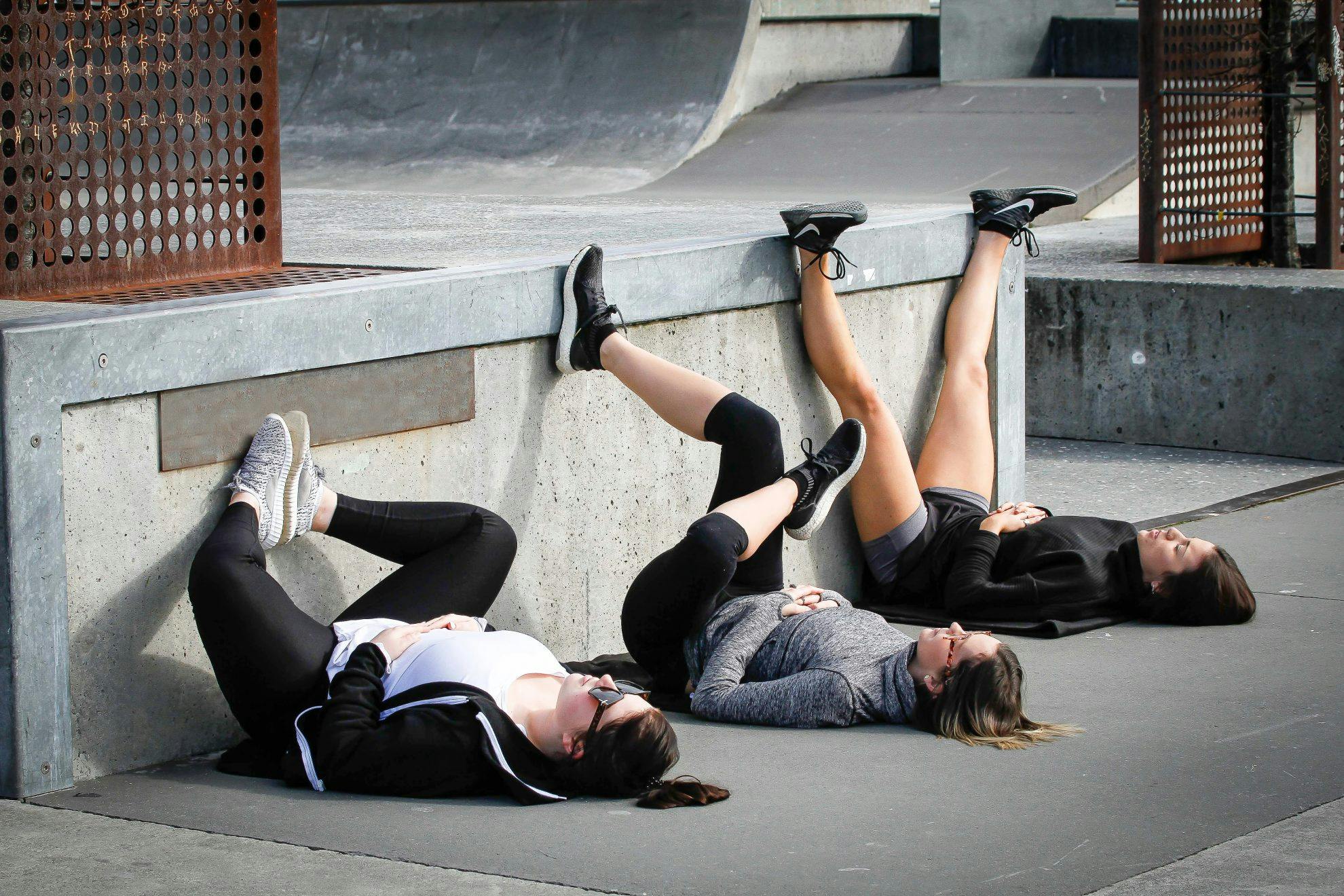
Stretch: Sit about 20–40cm from the wall. Lie down on your side, then roll on to your back and swing your legs up the wall. Once there, try the different stretches:
1. Bring the soles of the feet to touch and open the knees out to the sides
2. Cross your ankle on your thigh and slide your foot down the wall
3. Legs open wide to the sides.
Recovery for upper body when you’re paddling
Your arms, shoulders and back will be sore from paddling and sitting for long periods of time. You’ll need to change the movement patterns for your body and stretch. Twist your body side to side, roll your shoulders backwards and forwards; gently swing your arms in circles; and move your hands in circles. Then finish with this stretch.
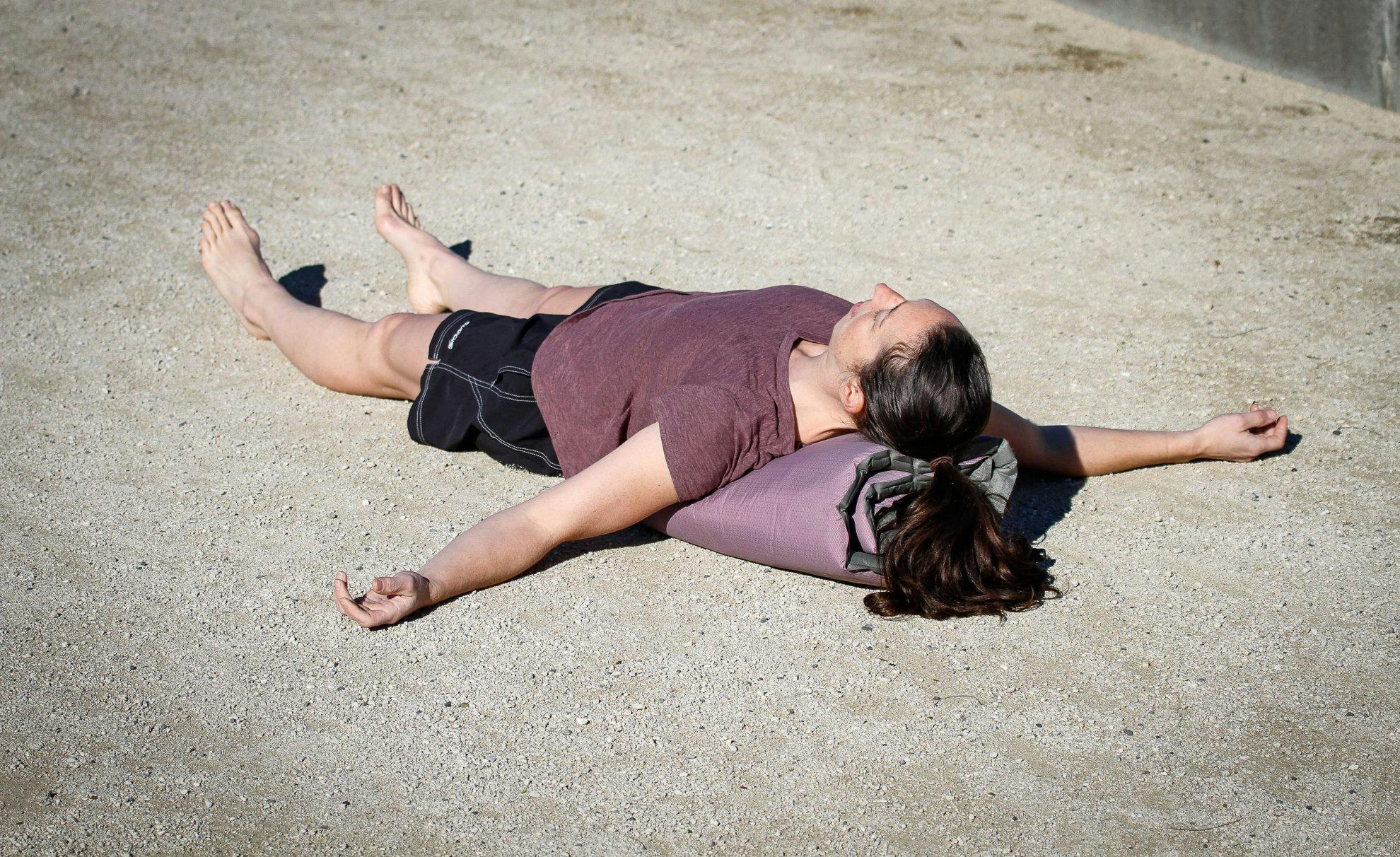
Stretch: Roll up your sleeping mat or spare clothes into a narrow long roll. Sit on the ground with the roll behind your hips. Then lie down on the roll with your spine in the middle and your upper back and head on the roll. Rest for 30 seconds to two minutes.





